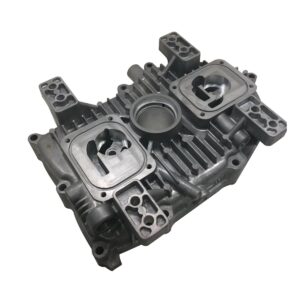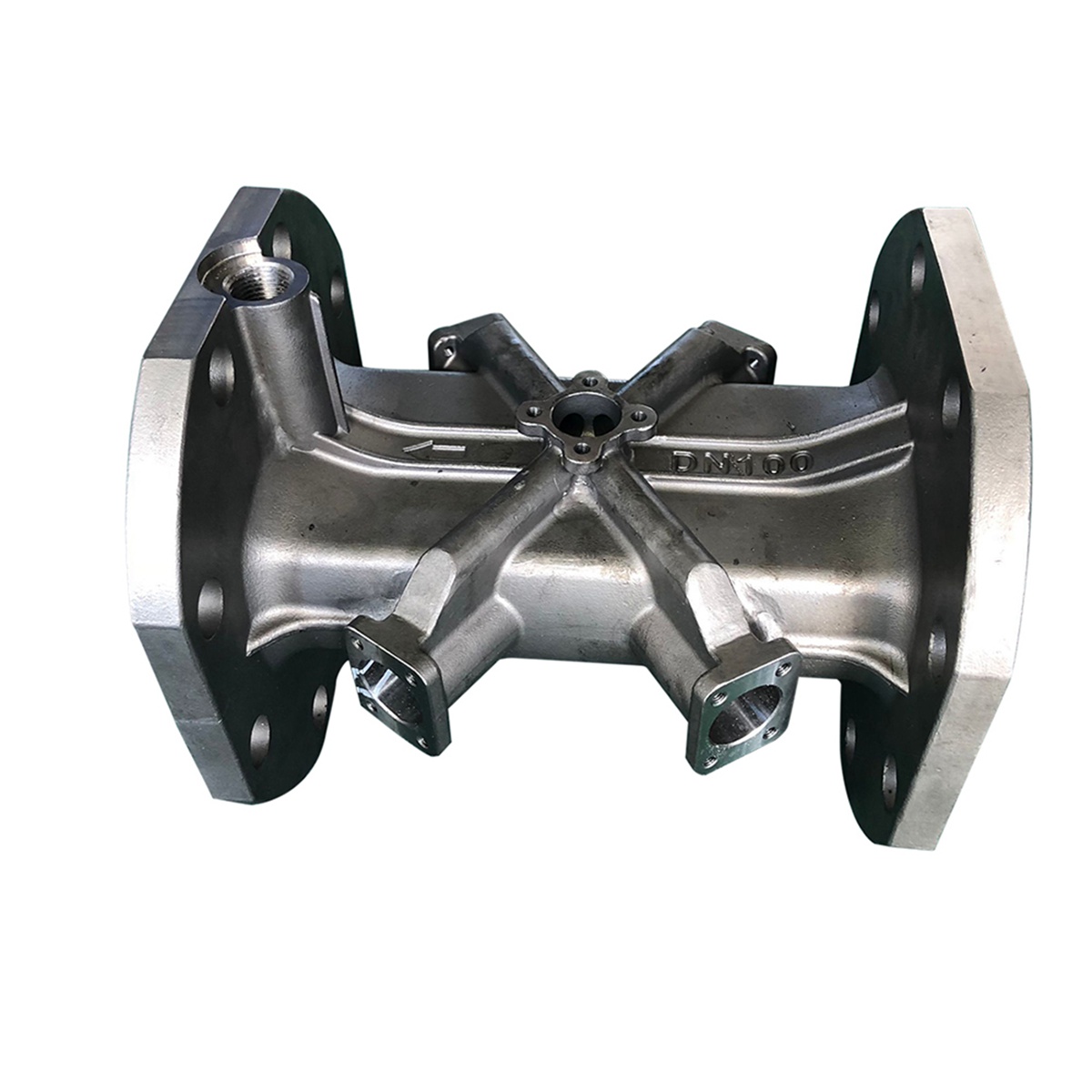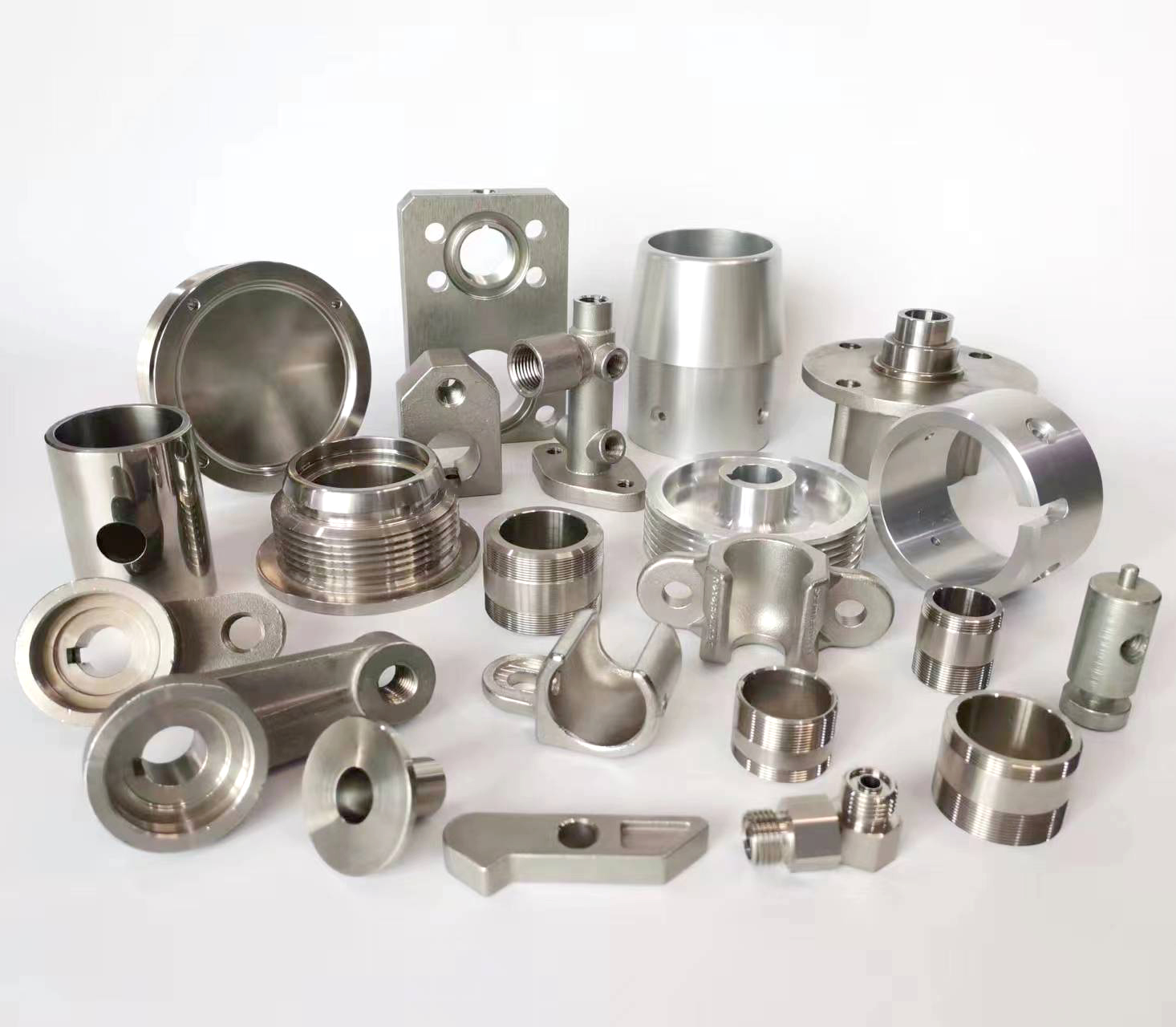
One major drawback of gravity die casting is that it can be quite costly, given the cost to machine accurate dies and the relatively high labor cost in the process. Providing an exact estimate of what the process will cost is impossible because the price per part will differ on a project-by-project basis by weight of shot, volume of product required, and degree of post-processing. The complexity of the part being cast plays a crucial role. Intricate designs, thin walls, and undercuts will tend to result in higher costs as they’ll need more specialized tooling and slower and more cautious production processing.
The tooling costs for gravity die casting varies hugely, between possibly a few hundred dollars for a part requiring a simple mold to $100,000 and more for complex castings such as engine blocks and gearbox housings, which require much more elaborate tooling setups.
A primary alternative to die casting is sand casting; however, the cost benefit really depends on volume. Sand casting has considerably lower establishment/tooling costs but much higher per-unit production costs compared to gravity die casting, given the extensive use of skilled labor in the sand process. Sand-cast products are typically not as dimensionally accurate as their gravity die-cast equivalents.





